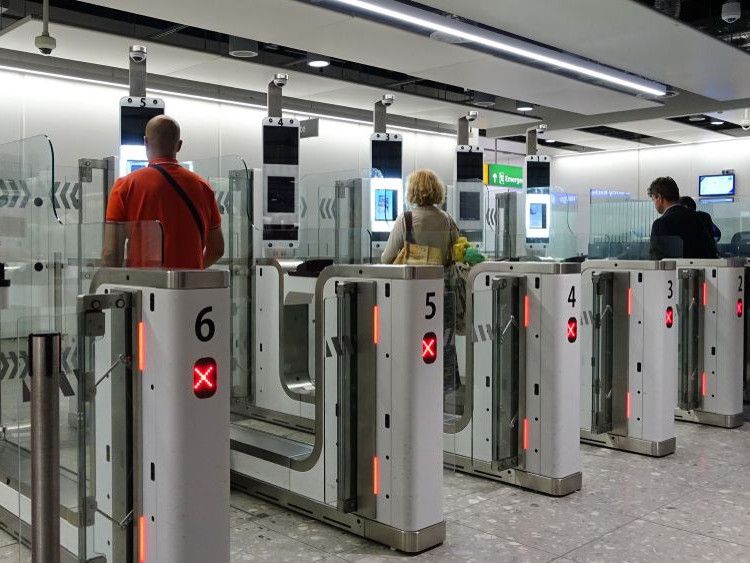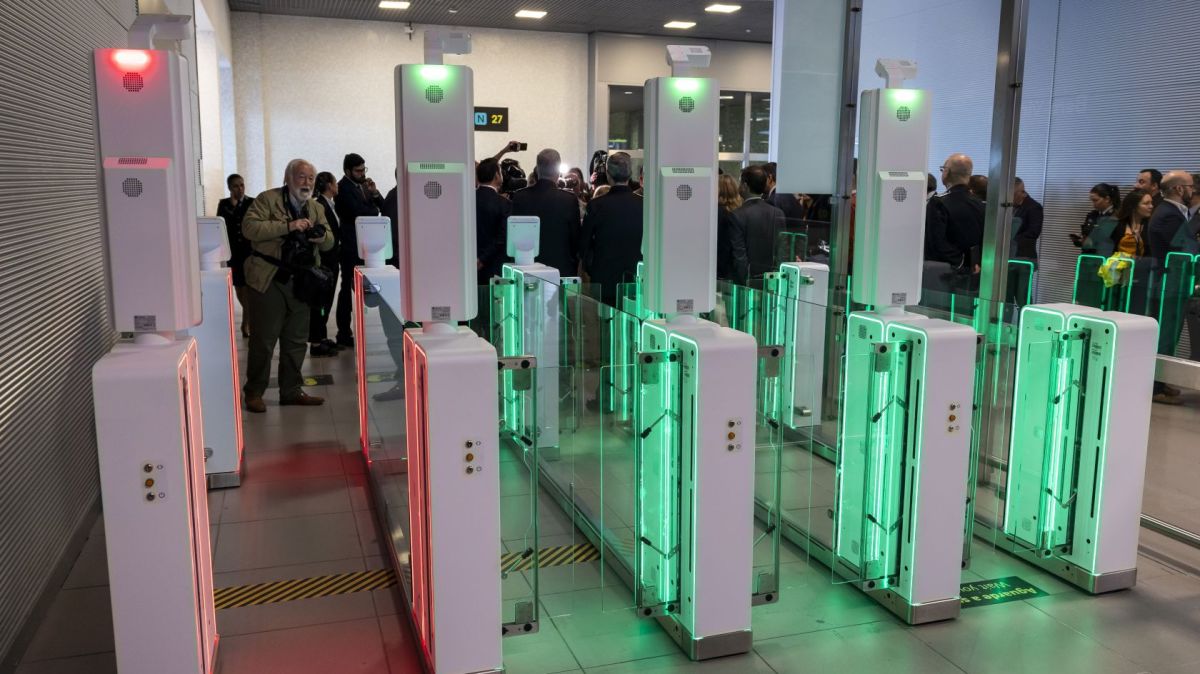The British government has published an official notice on its GOV.UK portal, alerting citizens to the entry into force of the Entry Exit System (EES), a new European entry and exit registration system for travellers from third countries.
The EES replaces the traditional passport stamp, now electronically recording every entry and exit into the Schengen area. According to the notice, the system will be introduced progressively at airports, seaports, and land borders, including those with Portugal.
According to GOV.UK, all travellers from the UK may be asked to provide biometric data, including fingerprints and a facial photograph, upon arrival at kiosks or dedicated stations set up at the borders. The process will be free of charge and will not require any pre-travel action.
According to the same source, upon departure from the Schengen area, authorities may request the collection of biometric data again to confirm the outbound movement.
Children under 12 will be exempt from fingerprint collection, although they may need to be photographed to complete registration.
Possible Delays
The British government warns that the new procedure may slightly increase border crossing times, especially during the first few months of the system's operation. Therefore, travellers are advised to expect longer than usual wait times.
The EES will be implemented in phases and will not begin simultaneously at all entry points. According to the same notice, some locations may take up to six months to fully adopt the new process. During this transition period, passports will continue to be stamped manually, even for those who have already completed biometric registration.
The new system aims to strengthen security at the European Union's external borders and automate the control of travelers' entry and exit, ensuring compliance with the 90-day stay rule within a 180-day period in the Schengen area.















As many of the readers will be UK immigrants with residency, it would be useful to highlight if or how it affects them.
By Perry Bartlett from Algarve on 08 Oct 2025, 11:17
In all the articles on the new biometric entry requirements there has been no mention of what happens for those of us who are British but also legal residents (whether temporary or permanent) in Portugal. Up until now we have to go to Any Other Passports when entering Portugal so we can show both our British passport and residency biometric card so that the maximum time limit for stays in the EU is not started. What happens now??? Do we still have to go to Any other Passports ? It is lovely that tourists will now have things easier but you would think that we who are legal residents would have an easier time going back and forward to the UK than a tourist !!!
By John Pead from Lisbon on 14 Oct 2025, 08:05
Does this rule on entering EU go for everyone all over the world or just people from England?
By Anita Foster from UK on 12 Nov 2025, 07:37